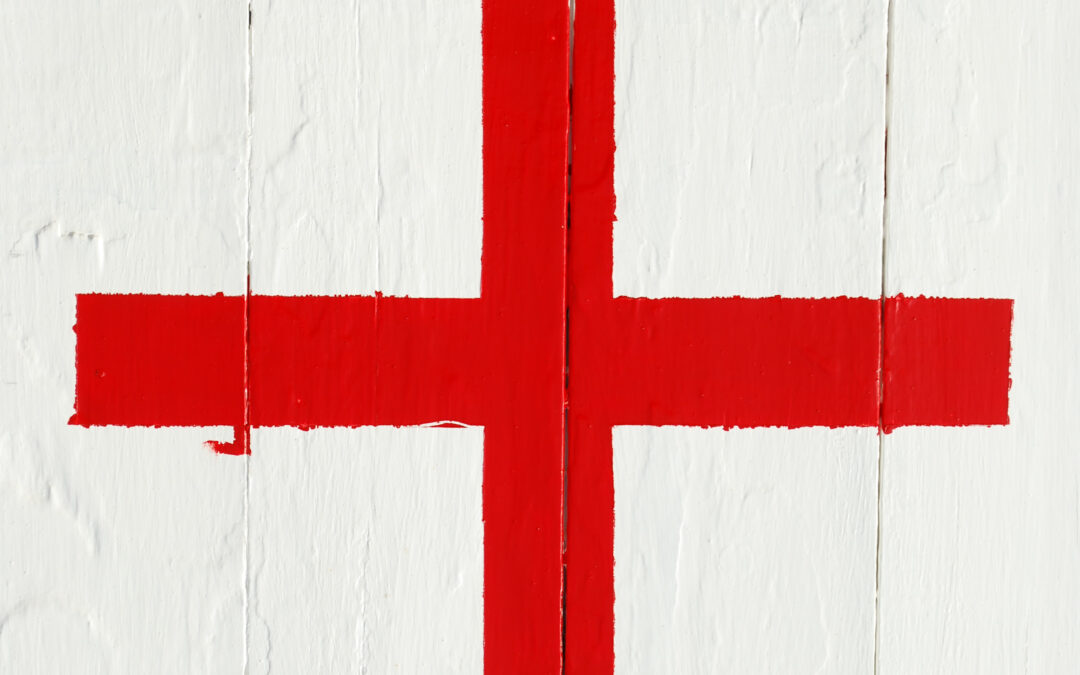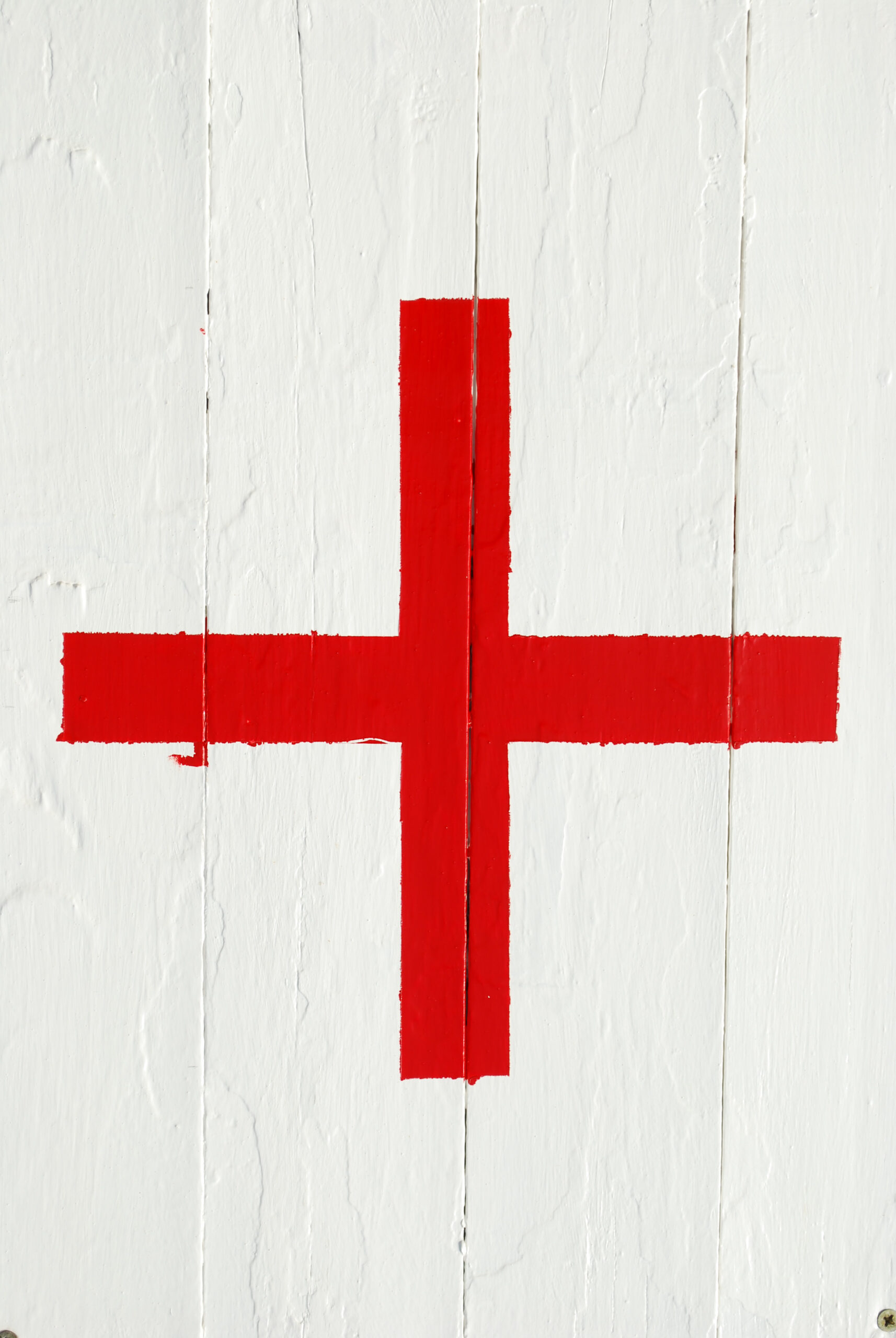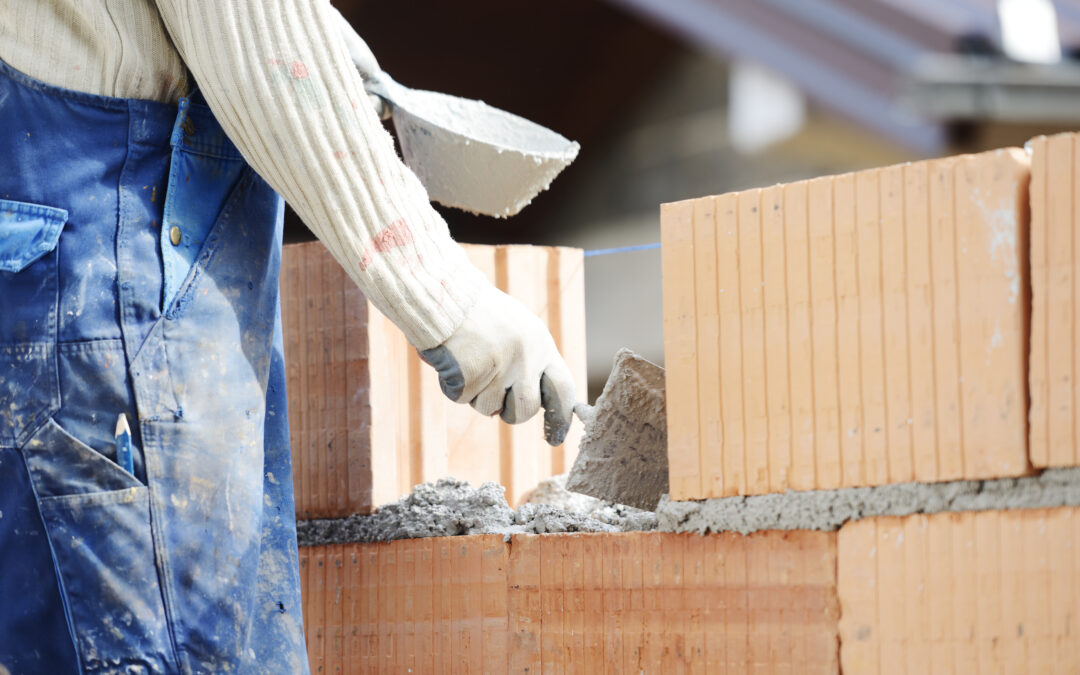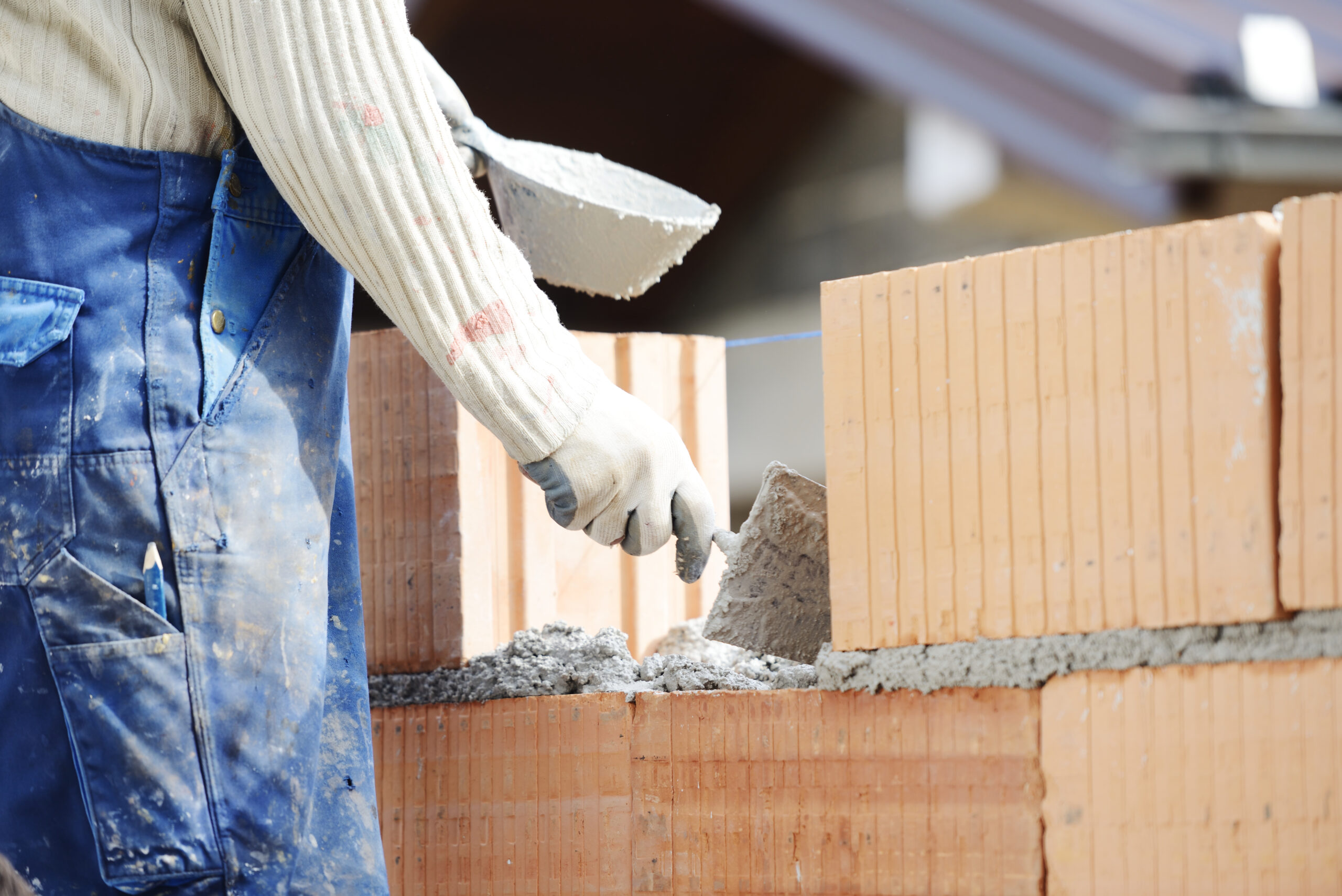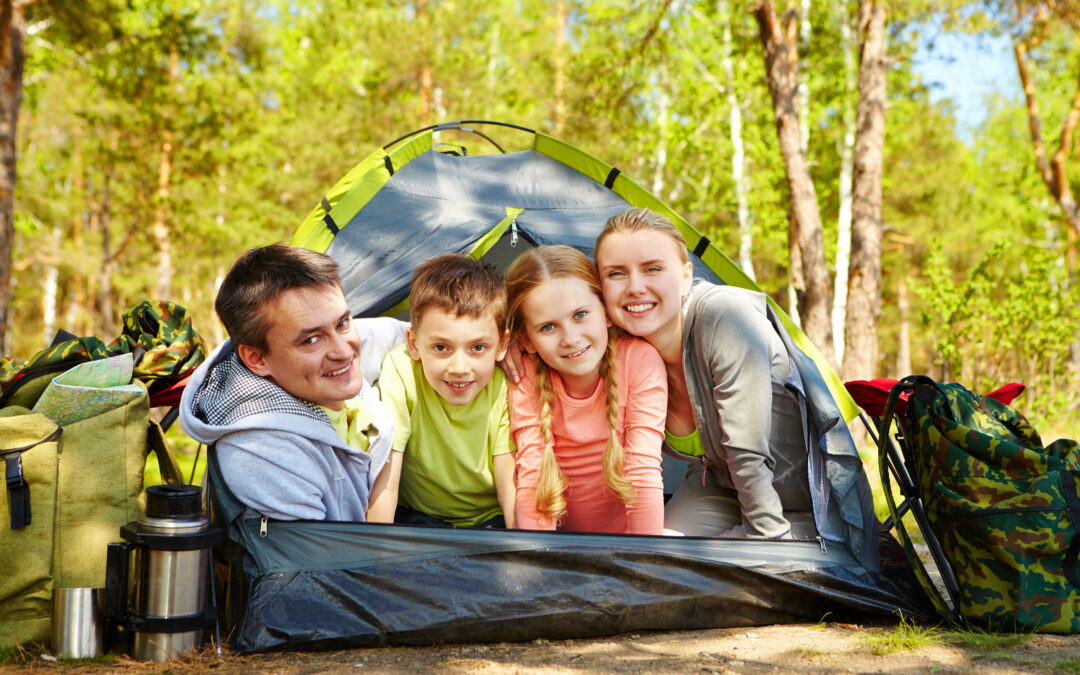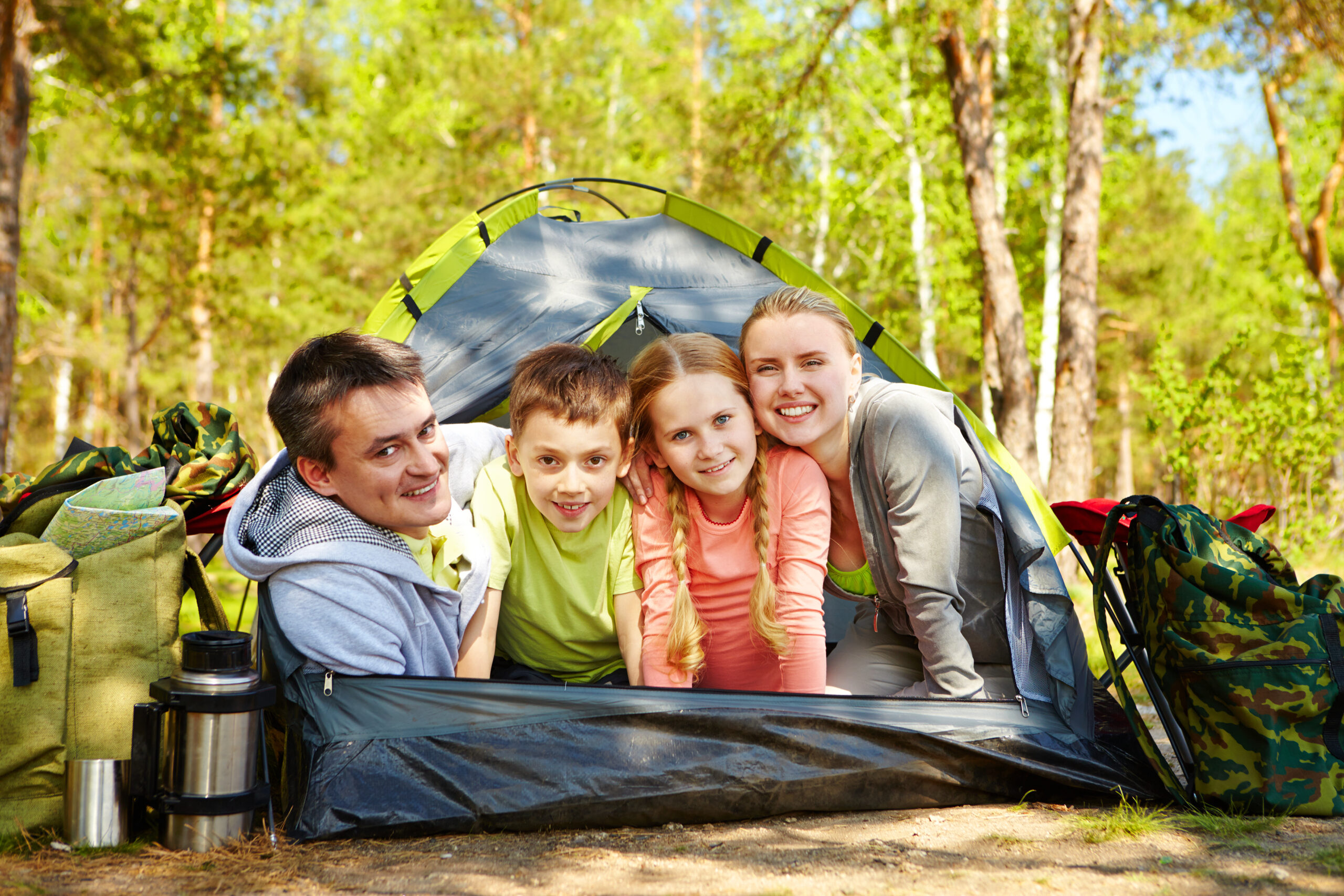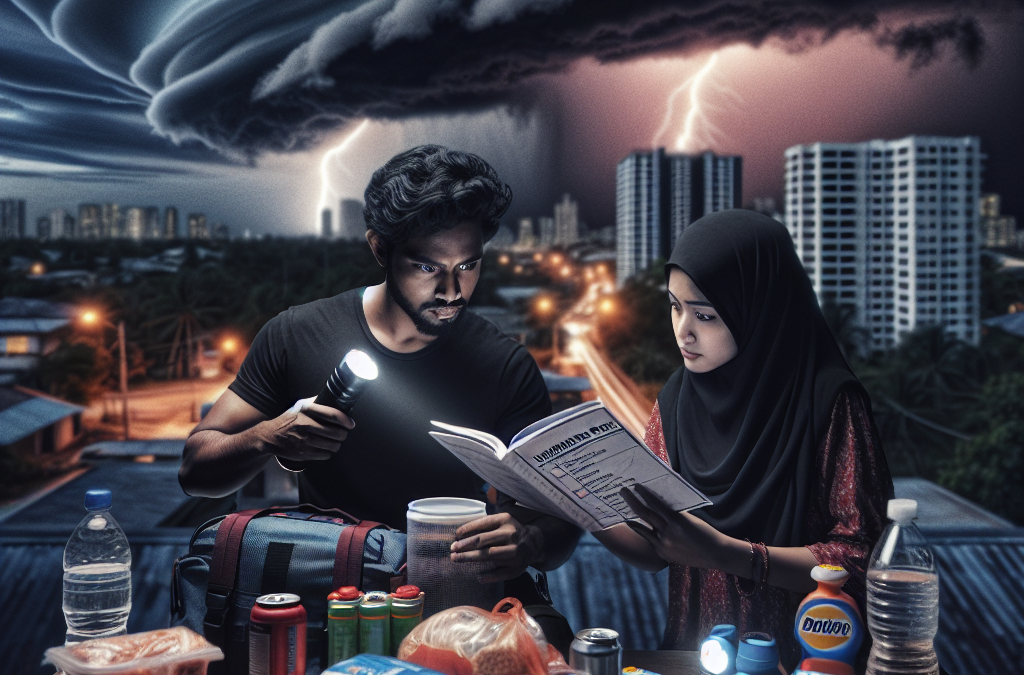
How Prepared Are You for a Hurricane?
How Prepared Are You for a Hurricane?
Before diving into the nitty-gritty, let’s kick things off with the top 4 semantic keyword phrases that will guide our discussion today:
- Hurricane preparedness checklist
- Emergency supplies for hurricanes
- Hurricane safety tips
- What to do during a hurricane
Hurricane Preparedness Checklist
Understanding Your Risks
When it comes to preparing for a hurricane, I can’t stress enough how important it is to understand your specific risks. Living in a coastal area, I’ve witnessed how different locations face different levels of threat. Research your local history regarding hurricanes; some areas are prone to severe storms while others might only see lighter ones.
Consider the geographical features of where you live. If you’re near a river or in a low-lying area, your risk might be higher. It’s not just about being in a hurricane zone; it’s also about knowing how water and wind can impact your home and family directly.
I always keep an eye on the weather channels when hurricane season rolls around. Engaging with local services like NOAA can be a game-changer; get alerts straight to your phone if a hurricane is on its way. Being informed is half the battle!
Creating Your Plan
Now that you know your risks, it’s time to create a solid plan. I like to gather my loved ones and brainstorm steps we’d take if bad weather is headed our way. It includes evacuation routes; knowing where to go ahead of time takes the panic out of figuring things out last minute.
If you have pets, include them in your plans. Check local shelters that accept animals, or have a buddy system with friends who can help out. Making sure everyone is on the same page is crucial; communication can save lives.
Don’t forget to jot down important contact information. Having a physical copy, not just digital, can be a lifesaver if your technology goes out. I’ve learned the hard way that losing power means losing access to anything saved on my phone!
Assembling An Emergency Kit
An emergency kit is one of those things you really don’t want to skimp on. Over the years, I’ve learned that having a go-bag packed with essentials makes all the difference when I’m caught out or have to leave suddenly. My kit includes things like water, non-perishable foods, a first aid kit, batteries, and a flashlight.
I always make sure to include personal hygiene items like wet wipes, toothpaste, and toilet paper. Trust me; when the power’s out and you’re living with the basics, those little comforts are HUGE.
Another tip? Think about how much you rely on your phone. I pack a portable charger and, even better, have a backup plan for charging – whether that’s a solar charger or a crank-powered device. As silly as it sounds, it makes me feel more secure that I can call for help or check in with family!
Emergency Supplies for Hurricanes
Water and Food Supplies
When I get ready for a hurricane, one of my top priorities is stocking up on supplies. Water is non-negotiable. I aim for at least a gallon per person, per day, for at least three days. Sounds like a lot? It is! But trust me, you don’t want to be running out during a storm.
Equally important is food. I usually go for things that have a long shelf life, like canned goods, protein bars, and dried fruit. My personal favorites for snacks are nuts; they’re filling and need no prep – bonus points! I also fill my pantry with things like pasta and rice. These items can last ages and are super versatile.
Don’t forget, I also prepare my cooking supplies! A camping stove or a good old charcoal grill can save the day if the power goes out for days. Having that along with grilling essentials, like charcoal and lighter fluid, means I can keep enjoying hot meals throughout the storm.
Emergency Power Supplies
When I think about hurricanes, I can’t help but consider how essential it is to have backup power options. Getting a generator is high on my priority list. These machines can be a bit pricey, but boy, are they worth it when the lights go out!
Put together a stash of fuel, but keep it stored safely, away from potential sparks. I’ve learned to replenish my supply before hurricane season – it’s one less thing to worry about once you’re into the thick of it.
Also, having candles and matches around gives me peace of mind. In the dim glow of candlelight, there’s nothing better than cozying up with my family while the storm rages outside. Just be safe and remember to keep them away from anything flammable, right?
Communication and First Aid Supplies
This is where staying connected comes into play. Pack a good first aid kit – I ensure mine is stocked with band-aids, antiseptics, and any medications that I or my family members need. You never know when you might need them!
For communication, I always pack a battery-powered or hand-crank radio. This can come in handy if the power and cell towers go out. It’s my lifeline to updates in the storm.
Also, make it a habit to check on your neighbor; team up with your community to ensure everyone is accounted for. It’s so much safer to weather the storm together than alone.
Hurricane Safety Tips
Staying Informed and Aware
For me, nothing beats staying informed when a hurricane is approaching. Using apps or NOAA alerts helps keep abreast of the storm’s path. I also follow local meteorologists on social media. You’d be surprised at how much they share; they’re like my storm advisors!
If a hurricane warning is issued, don’t wait too long to act. Get ready early! Last minute shopping or boarding up windows can become overwhelming if everyone has the same idea.
Another nugget of wisdom is to reinforce your home. Over the years, I’ve learned how crucial it is to secure windows and doors. Many hardware stores sell storm shutters or alternatives like plywood that can be a real lifesaver.
Evacuation Plans
If there’s one thing I’ve learned, it’s to take evacuation orders seriously. When I hear that siren, I know it’s time to go! Knowing your evacuation route ahead of time helps ease my anxiety. I double-check with friends to see where they’ll be heading; having your squad with you makes it less daunting.
If you have children or pets, practice your evacuation plan. Walk through it to ensure everyone understands where to go and what to grab. It sounds silly, but those practice runs help prepare everyone mentally and physically.
Keep an eye on road conditions. If a storm approaches, traffic can be insane. The goal is to get to safety – not become part of the traffic jam!
Post-Hurricane Safety Measures
Once the storm passes, and it’s all clear, be cautious when returning home. I’ve learned not to jump straight back in without checking for potential hazards. Downed power lines, broken glass, and other debris can create dangerous situations.
I also recommend using extreme caution when dealing with water. Flood waters can carry contamination, so wearing boots is smart. If water has come into contact with food or any supplies, toss them out.
Lastly, be patient with recovery efforts. It can take time for local services to restore power and water. Reaching out to neighbors can help maintain morale amid the chaos. It’s reassuring to know we’re all in it together!
What to Do During a Hurricane
Finding Shelter and Staying Inside
Should the need arise to ride out a storm at home, I make sure to find a safe space, ideally away from windows. When my family and I hunker down, we often set up in an interior room on the lowest level of our home. It provides some peace of mind knowing that the stronger winds are kept at bay.
We keep a battery-operated radio on hand to stay updated about the storm. Sitting with your loved ones and sharing stories during a hurricane does help ease the tension. It’s a chance to bond, even while the winds howl outside!
If the situation starts to become dangerous, don’t hesitate to reach out for help. Many communities set up public shelters, and utilizing them can provide a safer environment especially if you feel uncomfortable.
Listening to Emergency Updates
During the storm, I can’t stress how crucial it is to stay tuned in. Local news updates provide essential information about what’s happening outside. Often, they’ll also share advice on how to stay safe. I always feel a sense of reassurance when I’m well-informed.
Keep communication lines open with family and friends, too. Texts may not always come through, so be ready to switch to social media or check in with neighbors if needed. The community channel can sometimes feel more reliable than individual connections.
I’ve learned to keep my phone charged – and using a power bank is key in the middle of a storm. Knowing I can maintain contact gives me peace of mind.
Dealing with Stress and Anxiety
It’s normal to feel anxious during a hurricane, but I believe it’s essential to find ways to cope. I practice deep breathing techniques or engage with low-key activities like reading or listening to music. Staying calm ultimately helps everyone around me remain level-headed.
Discussing fears with family members can alleviate anxiety too. Sometimes, just voicing your concerns can lessen their grip on you. Comforting one another during the storm brings a sense of unity that can transform fear into solidarity.
Lastly, I remind myself that this storm will pass. Staying positive while preparing for what comes next serves as my anchor. Come through this together, and we’ll all emerge stronger on the other side.
FAQ
What should be included in my emergency kit for a hurricane?
Your kit should ideally include at least a gallon of water per person per day, non-perishable food items, a flashlight, batteries, a first aid kit, personal hygiene supplies, and any medications you and your family need.
How can I reinforce my home before a hurricane?
Secure windows and doors with storm shutters or plywood. Check for loose items in your yard that can become projectiles and store them away. You can also reinforce doors with deadbolt locks for added safety.
What are the signs that it’s no longer safe to stay at home during a hurricane?
If water starts to enter the home, if the wind is causing structural damage, or if you receive evacuation orders from local authorities, it’s time to leave. Your safety should always come first.
How can I support my community after a hurricane?
Check on neighbors, especially the elderly or families with young children. Participating in community clean-up efforts or donating to local relief funds helps too. Coming together is crucial after a disaster.

